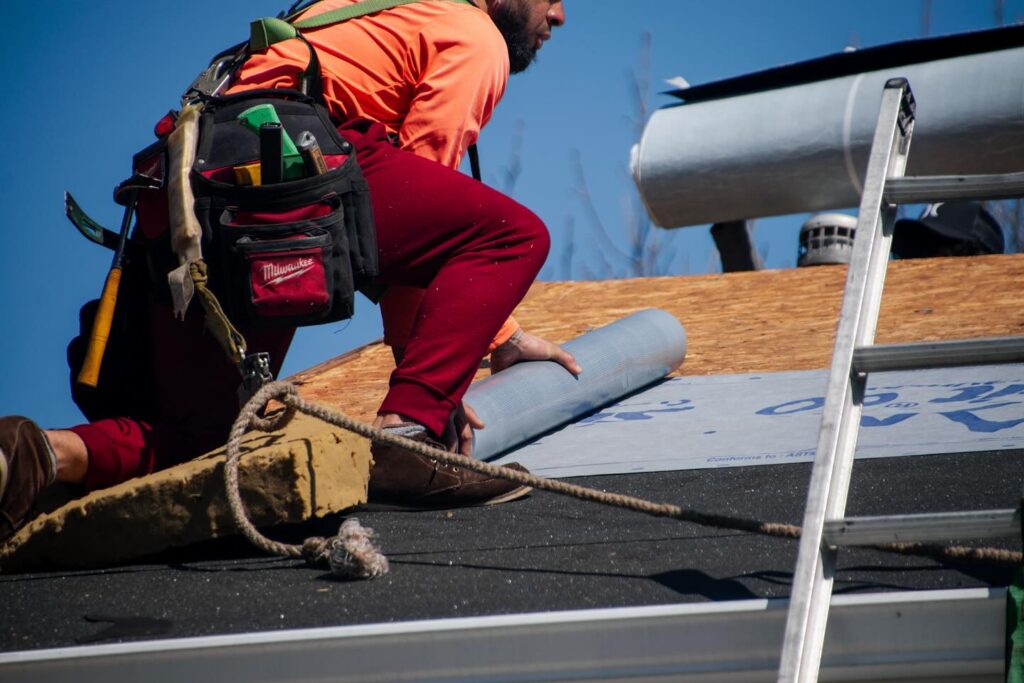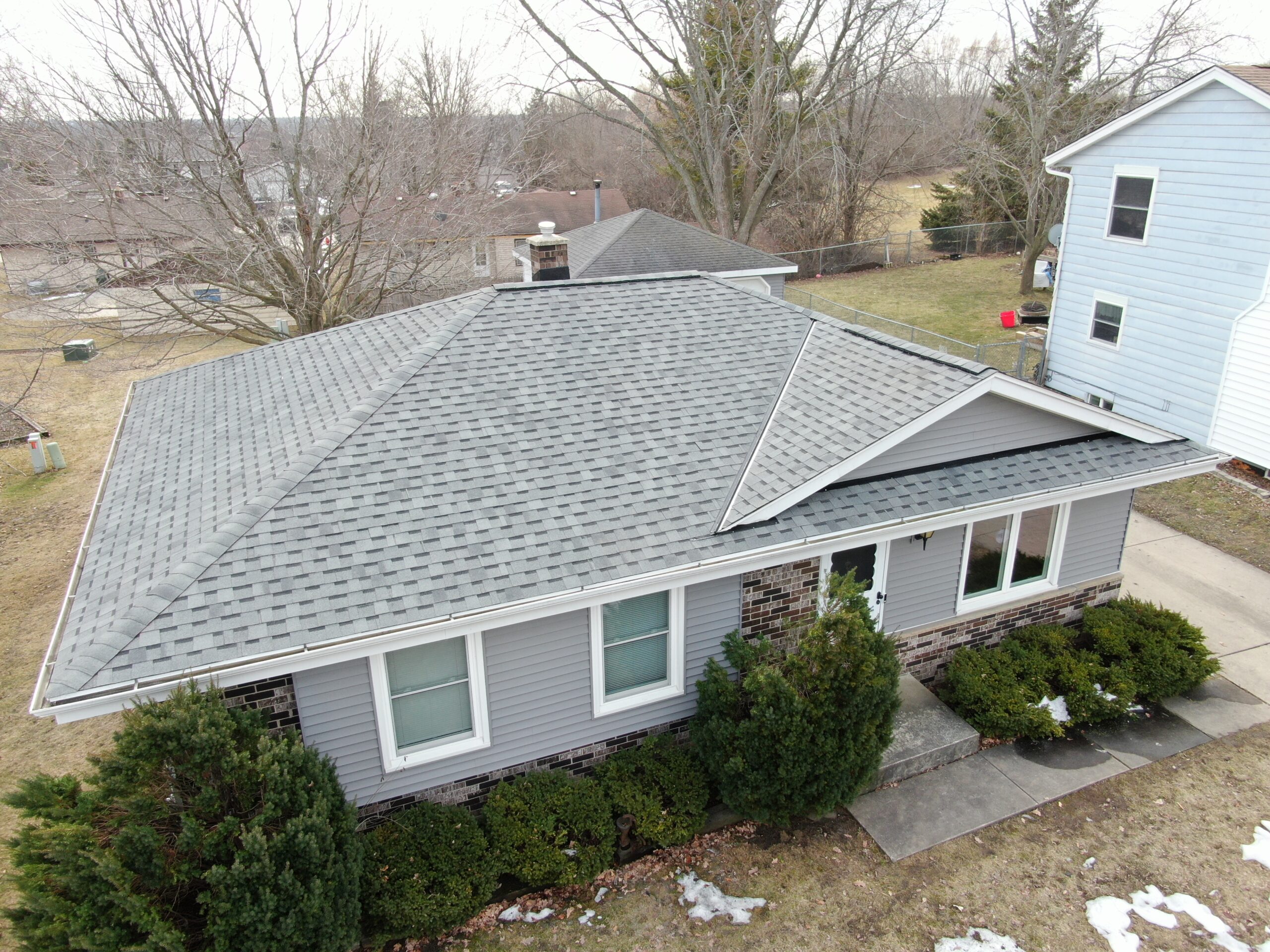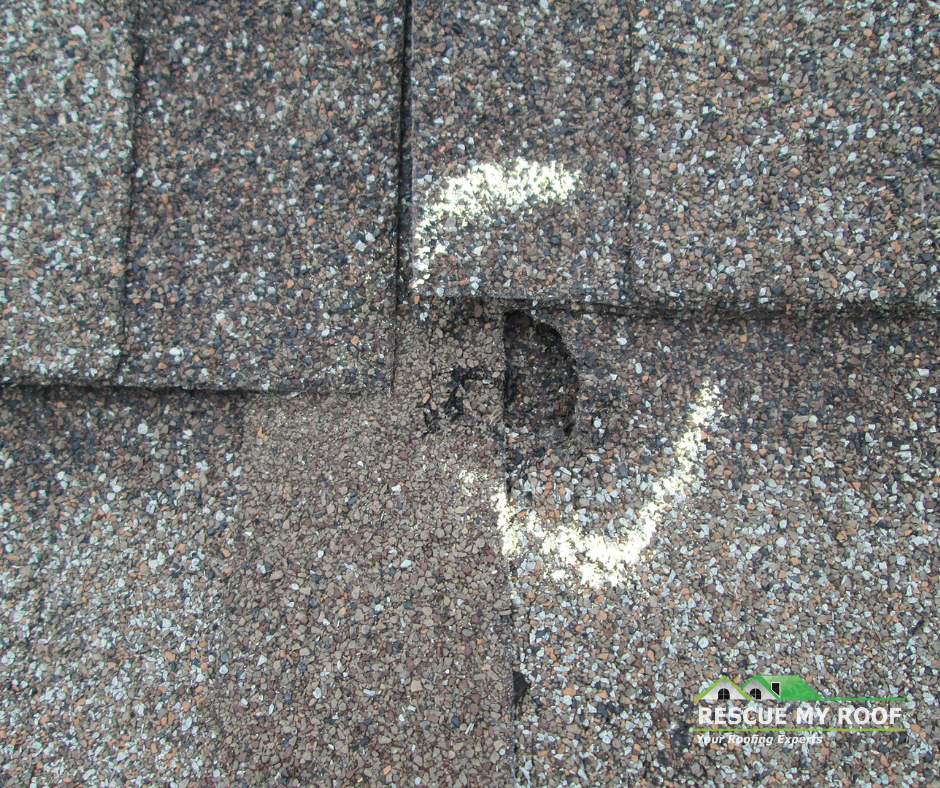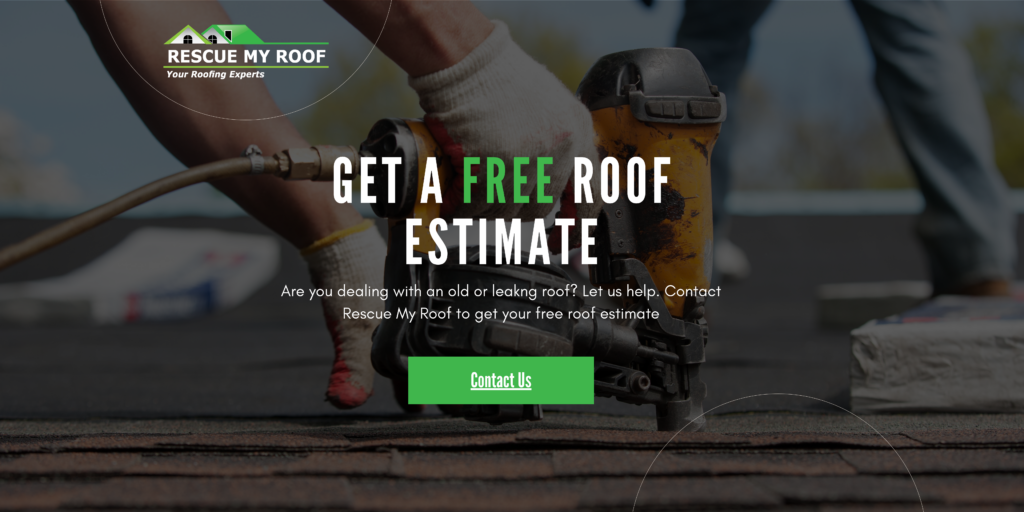7 Roofing Facts Homeowners Must Know
You probably don’t think about your roof unless there’s a problem. But when there’s a problem or a roof replacement is needed, most homeowners don’t have the information they need to make the best decisions.
This is where a homeowner is taken advantage of by the roofing industry. I don’t want that to happen to you.
For over a decade, Rescue My Roof has helped homeowners understand the ins and outs of the roofing industry. We want to start your roofing knowledge journey off right by breaking down some basic facts that every homeowner needs to know.
This article will go over several facts homeowners need to know before purchasing a roof. Ultimately, you’ll be equipped with the knowledge to find a contractor, sign a contract, and get the roof of your dreams.
7 Need-to-Know Roofing Facts for Homeowners
Hearing the news you need a roof replacement is already frustrating. Going through the roof buying process can be even more stressful.
You deserve to protect your home with ease. Here are seven facts you should know to make the roof replacement process smoother.
1. There’s More to Your Roof Than Shingles

A roof is more than just the roofing material you see from the ground. It’s a combination of different components and materials that come together to form a complete roof system.
While the main roofing material (E.g., asphalt shingles) makes up the bulk of an asphalt roof, all the other roofing components are just as important.
The main materials and components that make up a roof are:
- Roof decking
- Roof flashing
- Underlayment
- Drip edge
- Ice and water shield
- The roofing material you choose (asphalt shingles)
- Ridge capping
- Roof vents
- Pipe boots
All of these materials are important to help your roof do what it does best, protecting you and your family. If even one of them is improperly installed or left off, you’ll have costly problems down the road.
2. Asphalt Roofs Rarely Reach Their Advertised Lifespan
An asphalt roof’s lifespan is the number of years you get out of it. Each type of asphalt shingle has a manufacturer-specified lifespan.
However, an asphalt roof very rarely reaches the manufacturer’s specified lifespan. For example, architectural asphalt shingles have a stated lifespan of 30 years.
But architectural asphalt shingles will realistically live around 80-85% of their maximum lifespan. This means architectural shingles should realistically last around 22-25 years.
It’s possible that asphalt shingles may not last this long due to multiple factors.
These factors include:
- The quality of asphalt shingle installation
- Adequate attic ventilation
- The weather the shingles are exposed to
- The direction the roof faces
- The amount of maintenance
If your asphalt roof isn’t properly installed and your attic isn’t properly ventilated, you won’t get near its maximum lifespan. But as long as you hire a great roofing contractor and invest in maintenance, your asphalt roof should get as close as possible to its maximum lifespan.
3. Roof Prices Continue to Rise
Roofing has always been an expensive service. However, roofing prices are going up and aren’t decreasing as we near the end of the year.
Roofing prices are increasing mainly because material manufacturers are raising their prices. Their prices are impacted due to the increased cost of the raw materials (like oil) most roofing materials require during the manufacturing process.
Building materials like wood, metal, and others are also increasing in price. Because a roof is made up of roofing and building materials, this increases the price more.
Another reason prices are increasing comes down to the scarcity of products. This doesn’t necessarily happen in every part of the country, but it impacts most areas.
Unfortunately, combining all of this means roofing prices are up across the board with no signs of slowing down as of now. Contractors are seeing material costs increase several times per year.
Do you want to avoid a future price increase? Signing a contract sooner rather than later can lock in the materials current price, saving you from future increases.
4. The Average Cost of A New Roof

The biggest question (and concern) when getting a new roof is the cost. Unfortunately, it’s impossible to give you an exact price for a new roof because of the factors that go into the cost of a replacement.
While we can’t give a definitive price, we can give you the average cost range of a new roof for a standard middle-class home.
The price range below is based on a 3 bedroom, 2 bathroom, home with a walkable roof pitch, a little roof complexity, and architectural asphalt shingles.
No two homes or roofs are the same, but most homeowners can expect the average cost to replace a roof to be around $15,000. Keep in mind that your roof could be less, more, or fit right in the price range above.
But you won’t get exact pricing until after a local roofing contractor gives you an estimate for your roof replacement.
5. Factors Impacting Roof Replacement Prices
There are a lot of factors that go into the cost of a new roof. The roofing material you choose (asphalt, metal, etc.) has a huge impact on the price of a roof replacement.
But there are so many other cost factors that a roofing contractor takes into account. Below is a list of factors a roofing contractor keeps in mind as they’re coming up with an estimate:
- The type of roof material you choose
- The rest of the roof system’s materials
- Labor and time (set up, tear-off, installation, clean up)
- Your roof’s accessibility
- The number of penetrations your roof has
- Your roof’s size and the complexity of it
- The amount of roof decking that may need to be replaced
- Dump fees
- Operating costs
All of the factors are specific to your roof and your roofing contractor. This is why it’s impossible to give you exact pricing for any roofing project.
6. Attic Ventilation is Essential

Most homeowners don’t think about their attic’s ventilation system when it comes to a roof. But your attic’s ventilation system is what allows your home and roof to breathe properly.
Not only does it impact your home’s energy bill, but it has a big impact on the lifespan of your roof. Without proper attic ventilation, the damage from the trapped hot and cold air will drastically shorten your roof’s life.
In the summer, poor attic ventilation allows heat to build up in your attic, which literally burns your roof up. For an asphalt roof specifically, adhesives in the decking will deteriorate, and your shingles will crack or curl.
In the winter, condensation from the heat and moisture from your home’s interior travel into the cold attic. This condensation becomes trapped and causes your roof decking to swell and become wavy.
The decking also loses its ability to hold nails, loses its load-bearing capacity, and causes mold/mildew to form. No matter if it’s cold or hot air, a roof’s lifespan is drastically impacted if your attic isn’t properly ventilated.
7. Insurance Covers Storm Damage

No one wants to experience storm damage to their roof. But did you know storm damage can lead to your insurance company paying for your new roof?
Homeowners insurance will pay for your replacement if your roof has storm damage caused by extreme weather. This extreme weather includes straight-line winds (aka damaging winds) during heavy thunderstorms, hail storms, snowstorms, and tornados.
They’ll also cover roof damage from fallen tree limbs during strong storms. If there’s extensive damage to your roof, there should be no question that it’ll be covered by insurance.
However, it’s up to the insurance adjuster and what they find during their inspection if your roof is worthy of a full replacement. But as long as the damage is caused by extreme weather, your homeowner’s insurance should pay to replace it.
Download Rescue My Roof’s Buyer’s Guide
There you have it, the 7 roofing facts that every homeowner needs to know. But we can’t include everything you need to know in one article.
There’s much more you need to learn about a roof replacement or another roofing project. That’s why we created a buyer’s guide containing all the necessary information.
The Rescue My Roof Buyer’s Guide helps you pick the right roofing material for your budget, helps you find a great roofing contractor, ensures you don’t get taken advantage of, and much more. Become one of the most educated homeowners in the roofing industry by getting the buyer’s guide now.
If you’re ready for a roof replacement in southeastern Wisconsin, Rescue My Roof has got you covered. Contact us today to get a free estimate.


